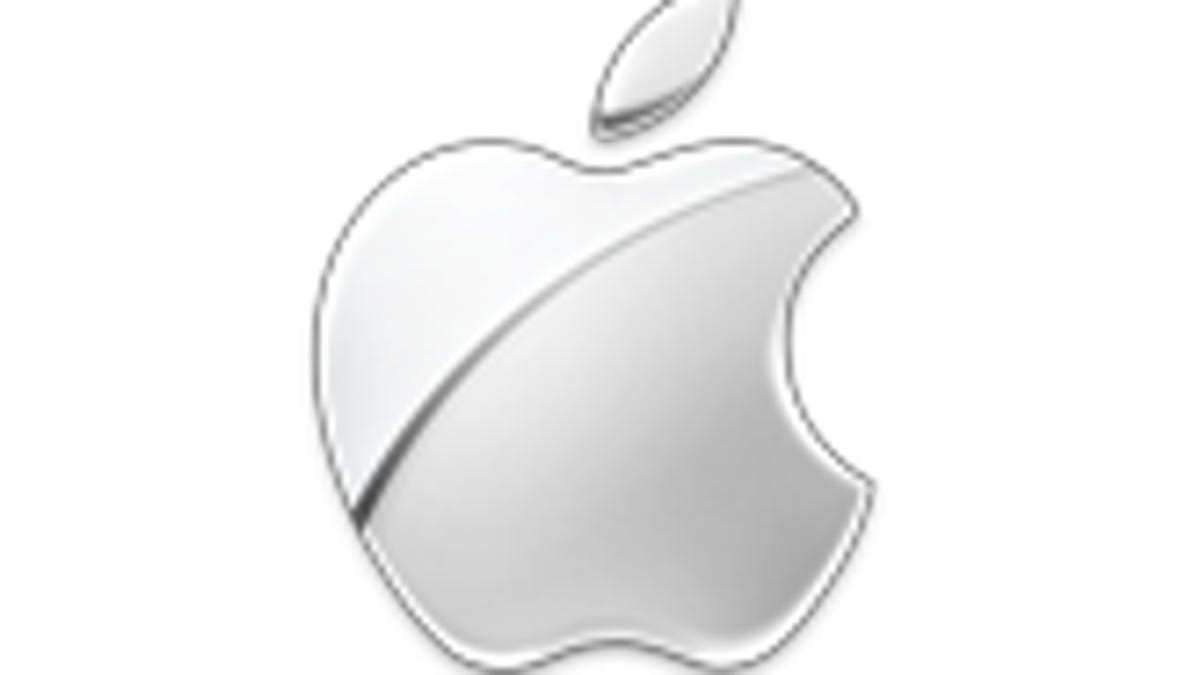Some assistance for the new 27-inch, Quad Core, Late 2009 iMacs
Apple has just released a few knowledge base articles to help users with issues they may experience when setting up and using their new iMac.

Using the correct Mac OS X system software
This article alerts users that sometimes the new iMacs can exhibit symptoms that imply the wrong system software has been installed. Graphic anomalies, malfunctioning Bluetooth or AirPort, no Magic Mouse preference pane in System Preferences, or a brief graphic distortion during shut down can all signal incorrect Mac OS X software.
Apple's resolution:
The iMac (21.5-inch, Late 2009) and iMac (27-inch, Late 2009) computers shipped Mac OS X v10.6.1 (Build 10A2155). The DVD used to restore this version of Mac OS X for iMac (21.5-inch, Late 2009) and iMac (27-inch, Late 2009) computers is included in the box and is the only system software that you should use if re-installation is necessary.The iMac (27-inch, Quad Core, Late 2009) computer shipped with Mac OS X v10.6.2 (Build 10C2234). The DVD used to restore this version of Mac OS X for the Mac (27-inch, Quad Core, Late 2009) computer is included in the box and is the only system software that you should use if re-installation is necessary.
Do not attempt to use a Mac OS X v10.6.0 Snow Leopard retail DVD. Do not use DVDs that have earlier versions of the Mac OS X operating system.
Startup keys may not work with wireless keyboard
Some USB devices, such as USB external hard drives, can cause your Mac to ignore input from your wireless keyboard at startup. First, try removing all USB devices from your Mac and starting up again. If you need a USB device connected (booting from a USB drive for instance), Apple recommends:
- Remove all other USB devices and try to use the startup key.
- If the startup key is still ignored, move the necessary USB device to a different USB port on the computer and then try again. When moving a device, move it by one socket to the left or to the right among the four available USB sockets.
Migrating from Mac OS X 10.5 with wireless migration
A much lighter article, but occasionally users will face issues with wireless migration--generally an error such as, "There might be a problem with your network." In these cases, Apple recommends using a FireWire or Ethernet connection.
Be sure to check us out on Twitter and the CNET Mac forums.
Do you have questions, issues, or stories you would like to see on MacFixIt? Email Us.

